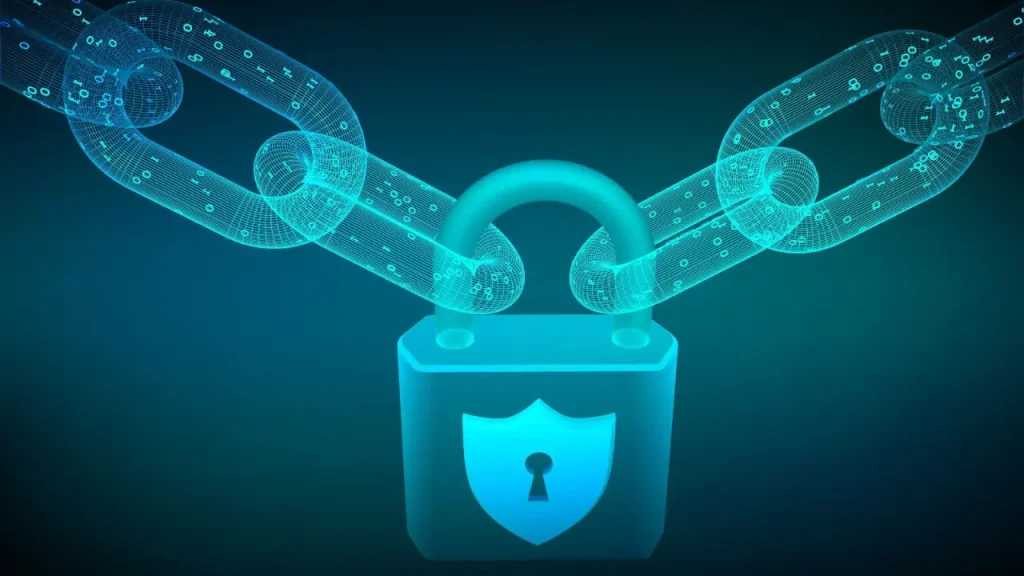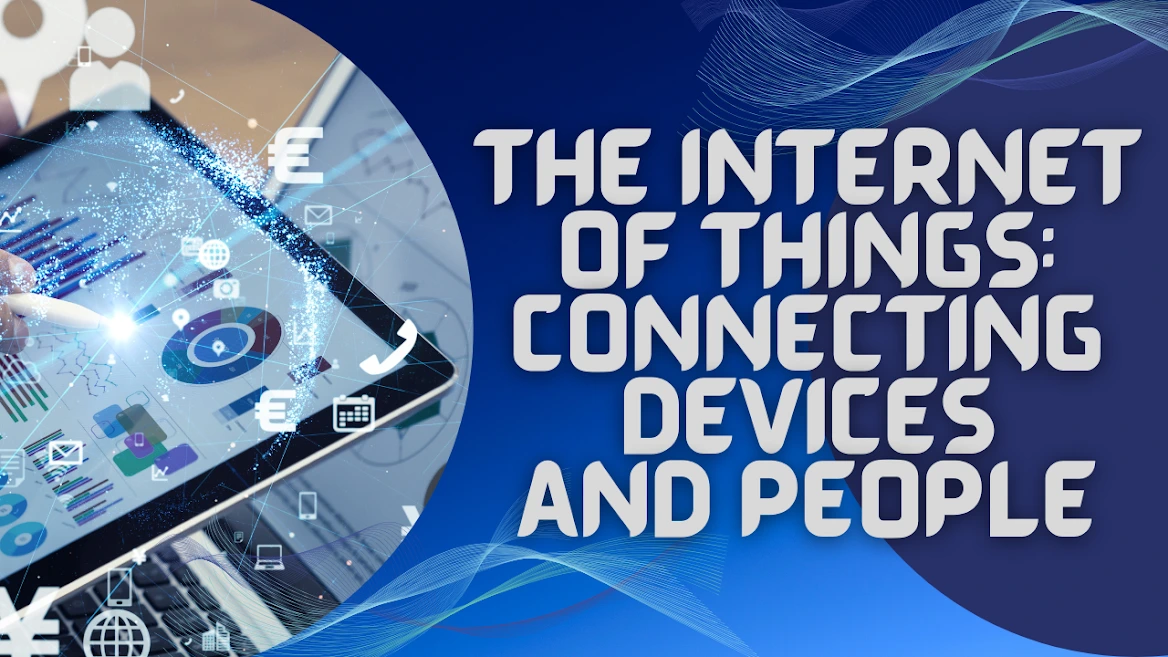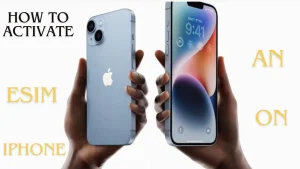Instead than being a part of a networked device ecosystem, people use the connected devices they possess, such as wearables and smart home appliances, as a standalone technology. Experts anticipate that as time passes, it will become more user-friendly and simple to connect, allowing more individuals to take advantage of IoT’s advantages.
People interact with the “Internet of Things” (IoT), a general name for the worldwide network of objects and devices that can be connected through wifi devices, through connected devices.
Why is it important to use connected devices?

When devices are properly managed, businesses may benefit greatly from better decision-making utilizing reliable and accurate data, increased cost and energy efficiency, as well as improved safety and security thanks to real-time tracking and monitoring.
According to the research, there are 503 people who own connected devices.
- People use most of connected devices android
- Most of the people are planning to invest in connected devices android
- Individuals have connected devices to Google
- People are engaging themselves with emerging wifi devices.
Smart Home Appliances:
Smart home appliances are the most connected devices that people use:-
- These are the connected devices that people use the most and according to the survey, two-thirds of people own smart home appliances.
- Whereas, one-third of people own wearable devices, and the remaining use automated digital devices.
- But the majority of people accomplish their day-to-day activities without using their connected devices. While the remaining 36 percent of people are dependent on these devices.
- The primary benefit of using connected devices is to access important information.
- There are only 40 percent of people who share their personal data across multiple devices.
- two – third people use connected devices at least once a day.
- People face many challenges while connecting networks. Whereas, one-third of people experience many issues with their devices.
The majority of people use these devices in their homes.
Wearable gadgets (35%) and digital assistants like Amazon Echo or Google Home (27%), which are also connected devices, are owned by people.
The linked devices that consumers use most frequently are smart home appliances. Smart home appliances are used more frequently than any other linked item (49% of people).
Smart home appliances give users the ability to build customized networks of interconnected gadgets that they can manage remotely via a smartphone, smartwatch, or personal assistant.
Components of Individual Internet of Things Ecosystems:
- Remote IOT:- Devices that allow users to operate IoT devices, frequently a smartphone or personal computer.
- Internet Networks:- Internet networks are necessary for IoT ecosystems because they allow connected devices to exchange instructions.
- Centre of IOT:- IoT devices are connected to one another through a central hub.
- IOT devices:- the ability to convey user information and instructions while receiving commands from IoT remotes to carry out certain tasks. Digital assistants, smart ovens, and smartwatches are a few examples.
For instance, using apps on your smartphone (an Internet of Things remote), you may turn on your smart oven (an IoT device), adjust the temperature for your apartment on your smart thermostat (an IoT device), and choose your preferred channel on your smart TV (an IoT device) while you’re on the bus or train home.
Not Everyone Is Sold on Connected Devices:
People don’t generally have any plans to spend money on linked gadgets in the upcoming year.
53 percent of people said they won’t spend money on a connected device in the upcoming year.
According to Pavel Shylenok, CTO of San Francisco-based development firm R-Style Lab, the market for embedded devices, such as smart home automation systems, is now a bit of a zoo. “Each producer manages its own facilities. They are incompatible with one another since they each have different criteria.
People who own Internet of Things (IoT) devices and the systems they connect to are separated by the incompatibility of connected gadgets.
For the typical user, the entry threshold is somewhat challenging. A smart switch cannot simply be purchased, installed, and used, according to Shylenok. You must have the gateway. You’ll frequently need to rebuild your home. Some users won’t be interested in dealing with that.
IoT Devices are Frequently Not Interconnected:
The fact that consumers don’t link their IoT devices to one another is one of the reasons that 64% of people claim they can survive without their connected item.
Owners of linked devices are aware that they can be synchronized with other devices like smartphones and personal computers, but they do not connect their wearables to smart home devices or personal assistants.
On numerous linked devices, just 9% of users access the same applications.
Many consumers are still just at the early adopter stage of IoT. Consumers may not be aware of the full potential and advantages that the Internet of Things (IoT) may provide, according to Jenna Erickson, marketing manager at Codal, a Chicago-based software developer.
Some individuals still find using their current devices to be more handy than connected ones. People won’t use a linked gadget if it is an inconvenient technology to employ for a task.
IoT Technology’s Full Cost-Saving Potential Is Still Unrealized:

The benefits connected devices offer, particularly cost savings, have not yet been fully realized by people.
Smart home gadgets, for instance, let you regulate the temperature of your house or other appliances remotely and only when necessary. This lowers energy costs.
Only 11% of individuals see cost savings as the main advantage of using a linked device, even while 20% of people like the control that will give them over their other gadgets and house.
According to Shylenok, the cost-saving potential of employing linked devices is hindered by the lack of standards for connecting smart home products.
Oleksii Kuzmenko, Business Development Director at PLVision, an IoT software development business, predicted that over time, as more devices are connected, solutions will become more cost-effective.
“We observe a pretty noticeable development in such [connected] solutions. As solutions become more accessible, connectivity gets simpler. said Kuzmenko. We notice a pattern of industrial building management and automation businesses entering the household market and offering affordable, tailored versions of their technologies for homes.
Saving money can be an advantage of linked devices, but customers won’t fully appreciate it until their IoT gadgets are simple to connect.
Conclusion:
People currently possess and use connected devices, though not always to their full “connected” capacity. Instead, despite their advantages, connected gadgets are frequently used by individuals as an isolated, standalone technology.



